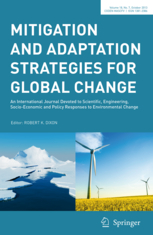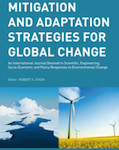

Increasing agricultural production to meet the growing demand for food whilst reducing agricultural greenhouse gas (GHG) emissions is the major challenge under the changing climate. To develop long-term policies that address these challenges, strategies are needed to identify high-yield low-emission pathways for particular agricultural production systems. In this paper, we used bio-physical and socio-economic models to analyze the impact of different management practices on crop yield and emissions in two contrasting agricultural production systems of the Indo-Gangetic Plain (IGP) of India. The result revealed the importance of considering both management and socio-economic factors in the development of high-yield low-emission pathways for cereal production systems. Nitrogen use rate and frequency of application, tillage and residue management and manure application significantly affected GHG emissions from the cereal systems. In addition, various socio-economic factors such as gender, level of education, training on climate change adaptation and mitigation and access to information significantly influenced the adoption of technologies contributing to high-yield low-emission pathways. We discussed the policy implications of these findings in the context of food security and climate change.








